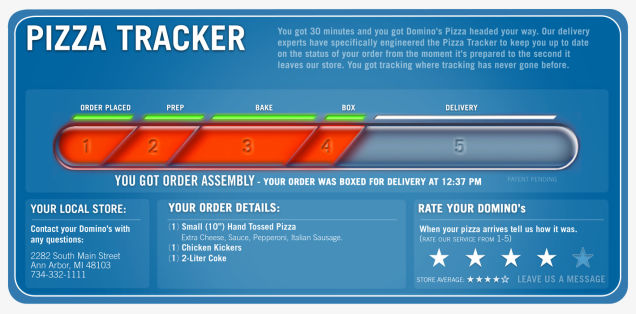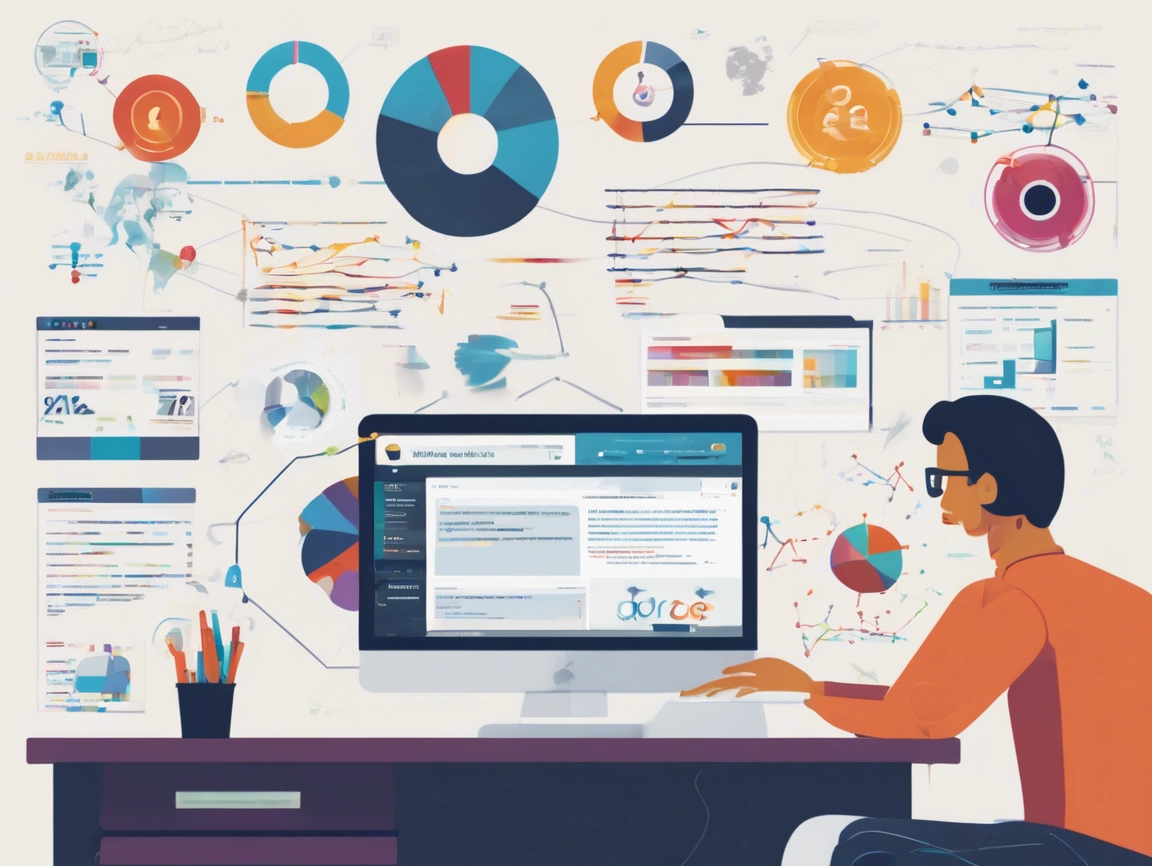More companies are investing aggressively in their digital business, and this trend is not slowing down anytime soon.
According to eMarketer, digital ad spending will overtake traditional media this year and continue to grow; representing 55% of total ad spend.
Search’s growth is mainly attributable to advertising platforms like Google, Facebook, and Amazon which accounts for 78.0% of the US search ad market.
Rightfully so.
Brands across all industries like automotive, hardware tools, fashion, law firms, etc are doubling-down on internet marketing.
I’m not talking about launching PPC campaigns on Google, or retargeting on Facebook, or creating and distributing content — those are tactics.
What you really need is a digital evolution framework. This provides a structural north star for your transformation.
As you go all-in on digital growth, your company can use this framework for guidance.
Subsequently, this process will help with your vendor selection process when it comes to your
- Customer Relationship Management (CRM)
- Enterprise Resource Planning (ERP)
- Advertising Technology stack (AdTech)
- Marketing Technology Stack (MarTech)
- and other components.
These software work closely together to ensure your digital operation runs smoothly.
Use this framework to guide your digital transformation
From our experience working with brands of all sizes, we have summarize these important a list of things companies must look at.
Looking to these things is a great place to start before going too deep into the tactical minutiae.
1. Revenue Growth
Every company wants to grow their revenue and profits year over year.
But what does that really mean?
Looking at every revenue-generating facet of your business.
This includes your customer acquisition and retention — where are you spending money and how much are you generating in return.
For example; is your customer retention strategy effective? Or what areas of your business is not profitable. Or where you can invest in reach more new customers.
This list of revenue growth opportunities will be extensive — you need to look beyond the usual suspects.
Here are a few ideas beyond looking at your standard ad campaigns.
- Are you leveraging omni-channel (buy online, fulfill in store)?
- Does your marketing automation maximize customer conversion?
- Are you leveraging AI to analyze customer behavior?
- How are you handling customer touch points and friction management?
- Are your software and tools working properly? Often times, businesses sign up for tools but fail to maximize it’s full potential.
Consequently, you will identify all the ways your business generate revenue and opportunities that haven’t been looked into yet.
If you love numbers like I do, you’re in luck — there’s going to be a lot of it to work through.
2. Cost Reduction
Businesses overspend in every department — whether it’s a little or a lot. There’s more often than not, financial leakage.
First of all, buying a software at a discounted price is not considered cost saving — if hat software is hardly used to increase efficiency.
Don’t confuse cost savings with cost avoidance — the latter offers very little to no real cost reduction.
The real contributors to effective cost reduction are people, services, hardware, and software (including licenses).
For example; are there any underused servers that are sitting idle, consuming floor space, and consuming power?
Another area of cost reduction opportunity to explore is in the overlap in outsource marketing agency fees. Are you paying multiple agencies to do similar tasks?
Real cost savings come from focusing on spending less on those things that you planned to consume.
3. Customer Experience
Your customers’ experience must be one of your primary focus as your digital initiatives evolve.
You must own the customer journey from visit to purchase.
Defining an excellent customer experience can touch many facet of your business.
Every possible engagement with your business is closely tied to your customer’s experience.
Assess the things you can do to make your customers experience more enjoyable.
When you’re evaluating your digital requirements, here are a few things to consider to give your customer the best experience:
Personalization
You read and hear about this all the time. But what does that really mean to your business?
For instance, is your homepage tailored to your individual customer’s preferences?
Amazon is a business that truly understands the importance of personalization and the warm and fuzzy feeling it brings to its customers.

They greet me and immediately highlight areas of interest to me. It’s a great way to quickly access my activities — with one click.
The next section is from my Amazon Video behavior. This is amazing and a very innovative use of connected devices.
Recently, I started watching the TV show “The Expanse” in my living room TV. I never watch this on my cell phone, laptop or tablet.
However, Amazon is suggesting that I continue watching the show as I am writing this article on my laptop.
This connectivity gives me, the user, a great experience.
I may not necessarily click and watch the show on my laptop.
However, it shows me that Amazon is paying attention to my behavior and doing everything they can to give me a seamless experience across devices.
Other personalization considerations:
- recommendations in email campaigns
- sms text notifications
- behavior based triggers
- geo-location targeting
- weather-based personalization
- dynamic navigation and menu
- complementary product recommendations
- and many more
Shipping and Tracking
As long as you sell online, there are two important things your customer cares about. 1) shipping fast and on time, 2) track orders in real time.
We’re not debating about pizza preferences — that’s a sensitive subject 🙂
But Domino’s pizza tracker tool has been one of the most innovative things they’ve launched for the customer.
While it may seem like no big deal, this tracker shows you everything you need to know about what’s going on with your order.

Today, Domino’s is tech company that happens to sell pizza.
Every store has a performance dashboard on their activities — everything is connected to drive excellence for its customers.

As you evaluate your ask your teams for input to continue improving your shipping and tracking activities.
Return and Exchanges
Amazon and Kohl’s is a good example of an online retailer integrating with retail stores to reduce customer friction.

Returns has been a major friction point for customers since the first internet order shipped and arrived at our doorstep.
In addition to contributing to great customer experience, in-store returns can help bring the customer into the store and buy something else.
Think about ways to make it easy and pleasant for your customers to patronize your business.
Bring down all the barriers. Your digital growth will depend on how well you solve problems for your customers.
Wrapping It Up
This is by no means comprehensive — but it’s a great framework to use as you chart out your digital transformation
Avoid getting caught up in the tactics — that’s where I feel many companies end up taking ages to evolve.
Catalog the details of things that will drive revenue growth, increase efficiency and reduce cost, and excellent customer experience.
Here’s another article why businesses are still behind in their digital transformation.




